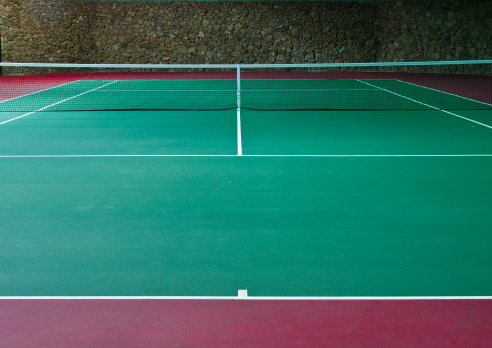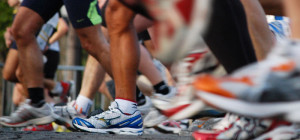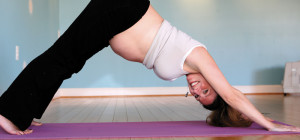Today, synthetic tennis courts are rising in popularity because of their convenience, practicality and durability. Synthetic court is the right choice for those sport athletes and enthusiasts who want low maintenance court without compromising the performance level. This type of court can withstand unpredictable weather and can be used all year around. There are usually three types of synthetic tennis court- synthetic grass, synthetic turf and synthetic clay court to make your tennis court look gorgeous. Paint basket ball courts can also benefit from the advantages of synthetic surfaces, as they provide a durable and low-maintenance option for athletes and enthusiasts.
Basic steps to construct synthetic tennis court:
· A standard tennis court measures 78 foot to 36 foot rectangle, which is big enough for singles and double games. Therefore, choose an open location that can accommodate such synthetic court
· Shovel the grass including 1 to 2 inches of top soil and even its surface by using a rake
· Spray weed and grass killer throughout the whole area to prevent unnecessary growth of weeds. Also if you want protection from the growth of unwanted plants, you can cover the court with surface with ground cloth. Make sure the cloth has the right measurement
· Remove all dirt and debris from the court surface and smoothen it with a rake
· Keep the synthetic turf firmly. Some turfs are available in huge rolls while others are pre-cut into square. The entire court should be covered with fake grass
· Pour filler sands evenly at every corner of the court surface. Use a push broom to make the sands even and crease the synthetic turf. Synthetic court installation is easier as compared to other tennis court surfaces.
Different types of synthetic tennis court:
Synthetic grass surface:
Synthetic grass surface provide a visually attractive court that can withstand all weather conditions. The various products used in synthetic grass provide a different playing and longevity characteristics. Styles, weights and the pile heights vary and are designed to perform unexpected usage. Special adhesives are used to join the grass and once they are laid, silica sand is put into the carpet to give it a final playing characteristic. There is no need to cut the grass carpet in order to provide line marking as they are factory tufted into the grass carpet. Green sands are used to visually enhance the appearance of the court and the speed of the play is usually determined by the size and quality of the sand particles.
Synthetic turf tennis court:
Synthetic turf tennis court comprises of polyethylene and polypropylene grass fibers filled with specially graded green sand dressing. It is ideal for older courts with severe cracks. Because the installation of synthetic turf court does not require heavy equipment it is suitable for hard-to-access locations. However, such courts can also be installed on aggregate or asphalt and concrete. However, the surface is slower and requires minimal maintenance. The specially made sand filled surfaces can remain firm even after a heavy shower. The sand level and size can be adjusted according to the customer’s preference of foot play and ball speed. Do not overdo the court with more sands as that will create a slippery and sliding effect just like a clay court. A court with less sand is much faster and stable.
Synthetic clay tennis court:
Synthetic clay court offers a superior playing surface and requires minimal maintenance. It is quick and easy to install. You can find different types of synthetic clay court as follows:
Blue clay:
Blue clay use synthetic blue dye to enhance the view of the ball. If the tennis ball is yellow, it is easier to see against the bright blue court than the faded colored courts.
Synthetic rubber:
Tennis courts that use synthetic rubber are typically used indoors and sometimes can also be used outdoors. Because of its cushioning effects, the majority of the players prefer courts made of synthetic rubber.
Acrylic:
Acrylic tennis surface with rubber substrate is used in plexicushion courts. This rubber substrate offer cushioning effects just like rubber courts.








